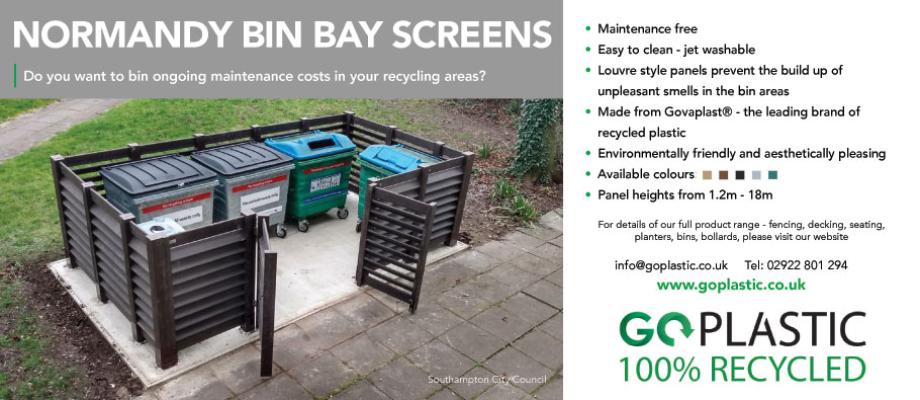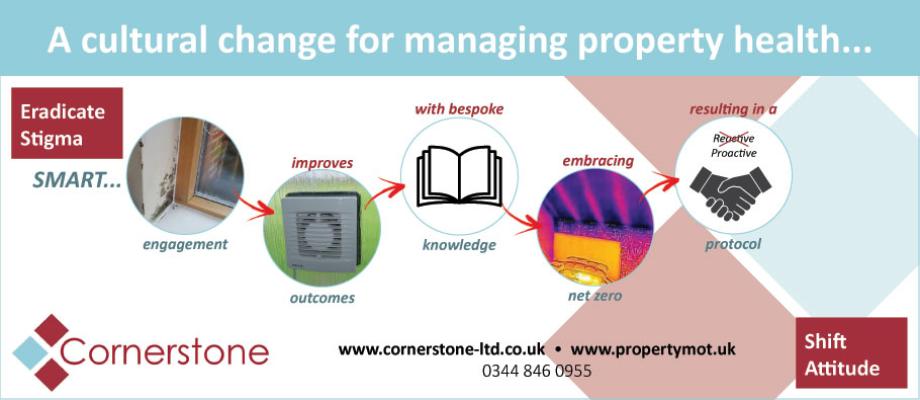“Dear Santa…” what’s on the social housing Christmas list?

Housing Association Magazine Editor Joe Bradbury takes a sneak peek at the social housing Santa list. Excitable Edgar aside, what do we want for Christmas as a sector?
It’s understandable that many are struggling to feel jolly as another year is added to the number of years of failure in housing policy. The once common concept of home ownership is now an impossible dream for many, and untold numbers of people are being pushed into homelessness.
The catastrophic decline in social housing has left millions feeling insecure in unaffordable homes they’ll never own. Unless we take action, the future of man will be a generation of young families that are, at best, trapped renting privately for their whole lives, with billions in welfare costs being paid to private landlords. Bah humbug!




















